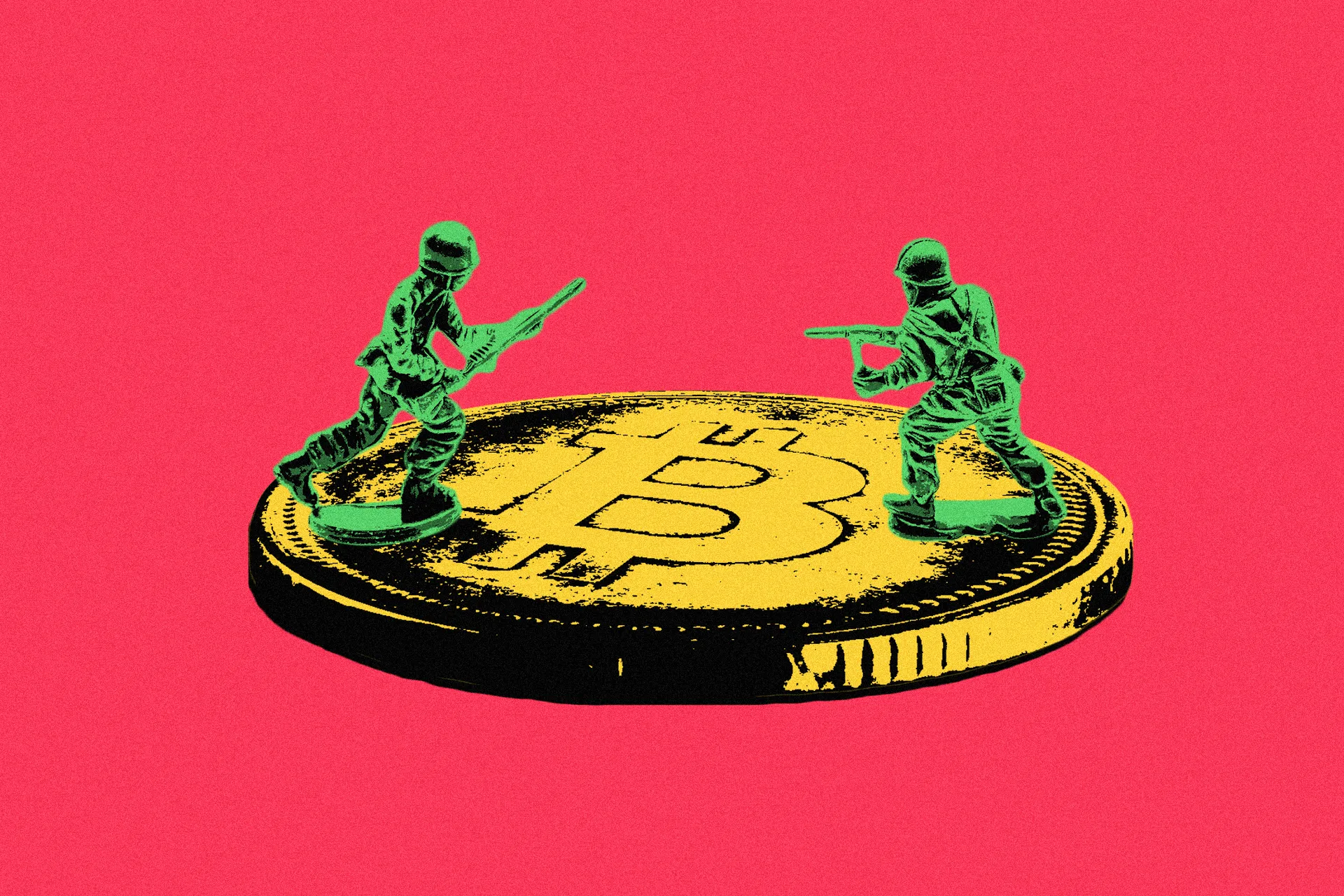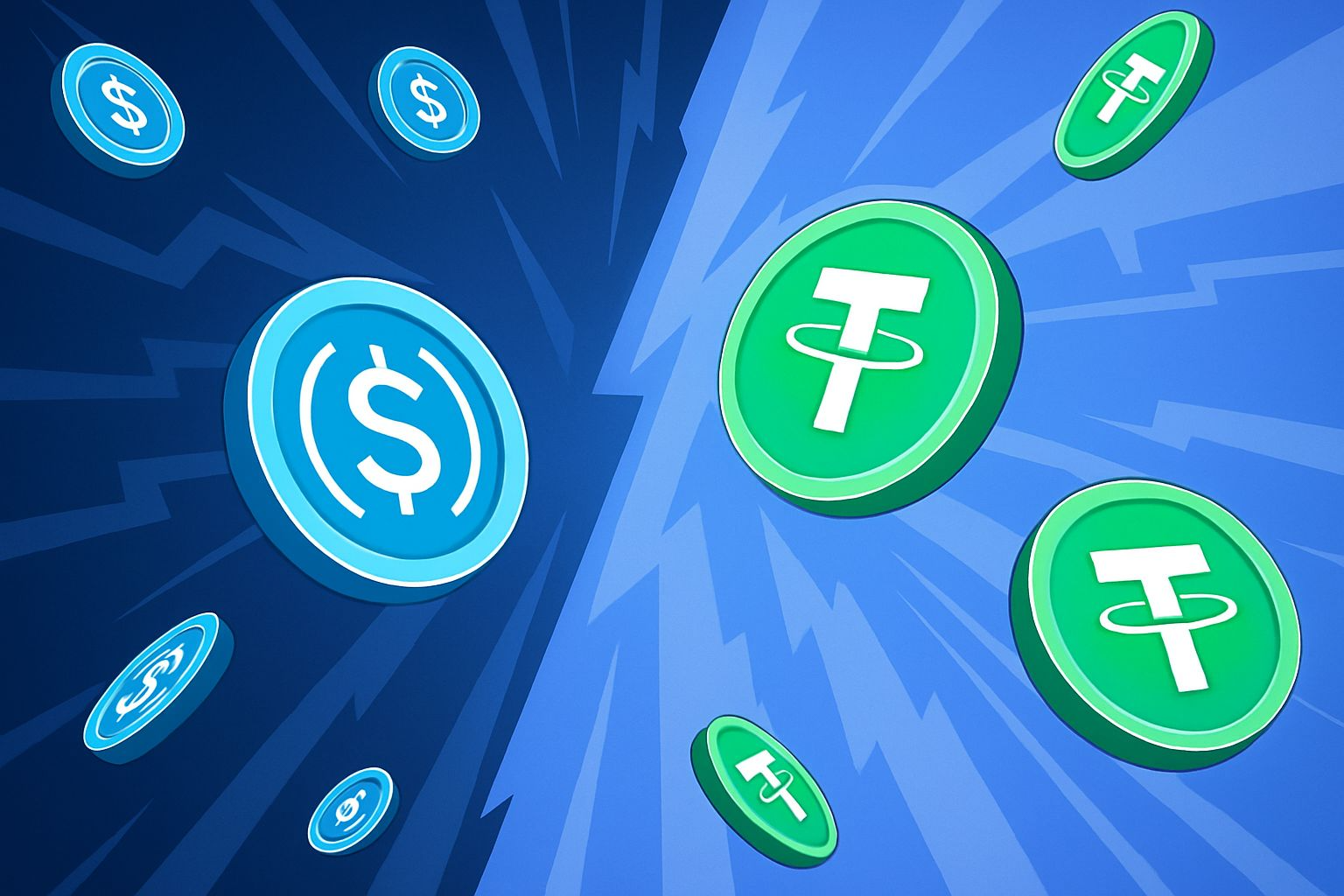Stablecoins and CBDCs: Shared Mechanisms of Control

The ongoing evolution of digital currencies has prompted intense scrutiny of stablecoins and Central Bank Digital Currencies (CBDCs), particularly regarding their implications for financial oversight, individual privacy, and economic authority. Stablecoins, such as USDT and USDC, are often presented as market-driven mechanisms that provide stability within the cryptocurrency sector, while CBDCs are viewed as state-issued instruments designed to modernize monetary systems. However, upon closer analysis, these two forms of digital money exhibit substantial operational parallels, raising concerns about their potential to facilitate similar levels of transaction monitoring and programmable restrictions. This examination assesses the shared attributes of stablecoins and CBDCs, while also addressing their distinctions, to evaluate whether stablecoins effectively serve as proxies for CBDCs in practice. Informed by regulatory frameworks like the Guiding and Establishing National Innovation for US Stablecoins (GENIUS) Act of 2025, as well as analyses from investigative sources, this discussion highlights the risks of centralized control embedded in both, emphasizing the need for rigorous evaluation of their long-term societal impact.
Defining Stablecoins and CBDCs
A clear understanding of stablecoins and CBDCs is essential to contextualize their convergence.
Stablecoins are cryptocurrencies engineered to hold a consistent value, generally anchored to a reserve asset such as the US dollar. As of August 2025, their aggregate market capitalization exceeds $250 billion, with transaction volumes comparable to those of established payment processors. Predominantly, they are backed by fiat reserves, where entities like Tether or Circle maintain holdings in cash equivalents or government securities to support redemption. Other variants include those backed by cryptocurrency collateral, such as DAI, which employs over-collateralization to sustain parity. Stablecoins primarily function as intermediaries in decentralized finance (DeFi) and cross-border transfers, reducing exposure to price fluctuations in broader crypto markets. Their reliability, however, depends on the issuer's reserve management and willingness to honor redemptions, issues that have led to periodic transparency disputes and regulatory interventions.
CBDCs represent sovereign-issued digital representations of national currencies, managed by central banks. By mid-2025, more than 130 nations are actively developing or testing CBDCs, with initiatives like China's e-CNY handling vast sums in daily operations. They are categorized into retail versions for public use and wholesale versions for institutional settlements. CBDCs incorporate programmable elements, allowing authorities to impose conditions on usage, such as geographic limitations or time-bound validity. Advocates emphasize their role in promoting financial access and streamlining international payments, whereas detractors point to the inherent capacity for enhanced state supervision.
Although stablecoins originate from private initiatives and CBDCs from public institutions, their underlying structures enable comparable functionalities, particularly in areas of enforceability and data collection.
"Stablecoins try to offer the best of both worlds of cryptocurrencies and fiat. They offer the convenience, privacy, and security of crypto, while offering the stability and trust of fiat money"
"Because as we look around and we make our payments, we get our paychecks, and we send money, it is all digital anyway. So, what is the difference between today's money and a central bank digital currency?"
Shared Mechanisms: Programmability, Monitoring, and Authority
The functional alignment between stablecoins and CBDCs becomes evident in their capabilities for rule-based enforcement, transaction traceability, and influence over economic behavior.
Programmability allows for the integration of conditional logic into currency flows. In CBDCs, this feature supports policy objectives, such as directing funds toward specific sectors or preventing misuse. Similarly, stablecoin issuers have demonstrated their capacity for programmable interventions. For instance, Circle, the issuer of USDC, has implemented address freezes in response to governmental directives, as occurred with assets tied to sanctioned protocols in 2022. This capacity for selective intervention positions stablecoins as instruments capable of mirroring CBDC enforcement, where transactions can be halted or redirected based on external mandates.
Monitoring capabilities further underscore the equivalence. Both rely on advanced ledger technologies that record activities in detail, facilitating compliance with anti-money laundering requirements. This creates an audit trail that can be used for monitoring and compliance with anti-money laundering (AML) and Know Your Customer (KYC) regulations. CBDCs inherently centralize this data under state purview (allowing the government to access detailed records of every transaction made by every individual or entity), but stablecoins are increasingly subject to similar obligations. The GENIUS Act of 2025 mandates adherence to the Bank Secrecy Act, compelling issuers to establish comprehensive reporting systems for unusual patterns. Such measures standardize data gathering, creating pathways for oversight that resemble those anticipated in CBDC implementations.
From an economic standpoint, both reinforce the primacy of established currencies, notably the US dollar. Dollar-denominated stablecoins extend its reach into digital realms, while a US CBDC would formalize this extension. Regulatory trends suggest that stablecoins are being positioned to fulfill roles traditionally reserved for central banks, without the direct involvement that might provoke resistance. In scenarios of financial stress, both could enable restrictions on capital movement, underscoring their potential as tools for systemic management.
Distinctions: Governance, Stability, and Oversight
Despite these alignments, stablecoins and CBDCs retain notable differences that could influence their adoption and effects.
Governance structures vary significantly. Stablecoins are issued by private companies (such as Tether or Circle), encouraging competitive advancements and adaptability. Decentralized models, such as DAI, distribute decision-making across networks, reducing vulnerability to singular failures. CBDCs, conversely, operate under exclusive central bank authority, potentially limiting responsiveness to market shifts.

Approaches to value maintenance also differ. Stablecoins depend on reserve holdings or algorithmic adjustments, which can falter, as evidenced by past de-pegging events, but this exposure incentivizes accountability through audits. CBDCs derive stability from governmental backing, offering greater assurance but introducing risks tied to policy decisions.
Regulatory environments provide additional contrast. The GENIUS Act permits state-level variations for stablecoin operations, potentially allowing for localized experimentation, whereas CBDCs imply national uniformity. In regions like the European Union, frameworks prioritize CBDCs for monetary sovereignty, yet US policies favor stablecoins as less intrusive alternatives.
Privacy considerations add nuance. Certain stablecoins employ advanced cryptographic techniques to obscure transaction details, a flexibility less feasible in state-managed CBDCs.
The GENIUS Act: Reinforcing Convergence
The GENIUS Act of 2025 exemplifies how policy is accelerating the alignment between stablecoins and CBDCs. Enacted in July 2025, this legislation establishes federal standards for "payment stablecoins," requiring issuers to secure approvals and maintain full reserve backing in high-quality assets.

Provisions mandate capital adequacy, liquidity safeguards, and periodic disclosures, effectively imposing banking-level scrutiny. Integration with anti-money laundering protocols ensures detailed transaction reporting, paralleling expected CBDC mechanisms. While the act prohibits unapproved issuance, it accommodates innovation through trust-based models, yet it empowers federal agencies to intervene in ways (such as monitor stablecoin activities, conduct audits, and enforce regulations) that echo central bank authority. This framework positions stablecoins as regulated extensions of monetary policy, potentially enabling features like conditional usage without formal CBDC adoption.
Perspectives from Investigative Analyses
Investigative examinations indicate that the emphasis on stablecoins may represent a calculated alternative to explicit CBDCs, achieving comparable objectives through private channels. Such frameworks suggest stablecoins facilitate extensive data collection and enforcement, sustaining established financial hierarchies under the guise of market-led progress. Historical connections between stablecoin developments and influential networks imply a deliberate strategy to digitize currency while minimizing public opposition to state-issued variants.
These observations warn of potential power consolidation, where stablecoins, regulated as they are, could replicate CBDC risks without equivalent accountability.
Final Assessment: Implications of Equivalence
The operational parallels between stablecoins and CBDCs—rooted in enforceability, traceability, and policy alignment—indicate a shared trajectory toward greater financial centralization. The GENIUS Act advances this trend by subjecting stablecoins to standards that approximate CBDC governance. Although distinctions in origin and adaptability persist, the overall direction raises profound questions about privacy preservation and economic autonomy.
Stakeholders must prioritize safeguards, including enhanced cryptographic protections and diversified models, to mitigate these risks. Policymakers face the challenge of harmonizing advancement with safeguards against overreach. As digital currencies proliferate, their configuration will profoundly shape global finance, necessitating informed and deliberate engagement.




